Whether it's a home improvement or you're looking into installing brand new cabinets for your room, you've probably asked yourself how many screws you'll need to keep them safe and secure. We've looked into this topic, and in this post, we will talk about screws and how it affects cabinet installation, as well as tips on how you can put cabinets up properly.
When installing cabinets, you have to use at least four screws per foot of cabinet drilled into the studs behind your walls. You will also need at least four more screws per cabinet box to connect them together. Generally speaking, more screws will most likely be needed to attach the cabinets to each other to form your storage unit.
Knowing the number of screws you will need for your cabinets is one thing, but there are also other details that you should know about cabinet installation. Fortunately, we have looked into more information that you will need for your project. Keep reading as we talk about the kinds of screws that you will need, as well as a quick guide on installing cabinets.
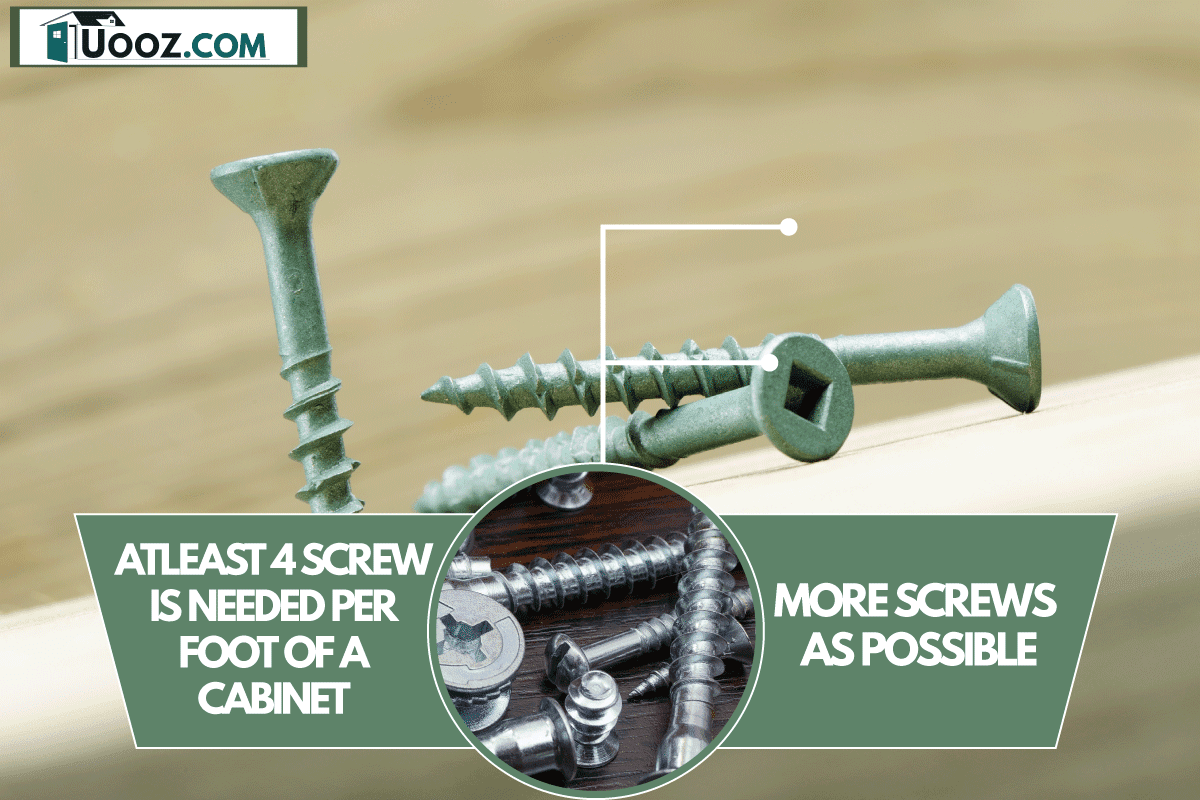
How Many Screws Per Cabinet Do You Need?
You often see these in different parts of the house, but typically, you will most likely find these in the kitchen. Cabinets, otherwise known as cupboards, are storage furniture usually made with wood that are intended to store or display items.
For many homes, cabinets are already pre-installed when you buy or move into the house. However, throughout the years, these cabinets will soon wear down or you're probably looking to update the look of your space. A lot of homeowners by this time would look into installing their own cabinets for their rooms.
Most cabinet manufacturers have everything you will need prior to installing a cabinet. While it is very convenient, a good rule of thumb is to use sturdier fasteners instead of the manufacturer's screws. This will give your cabinets a stronger hold on your walls.
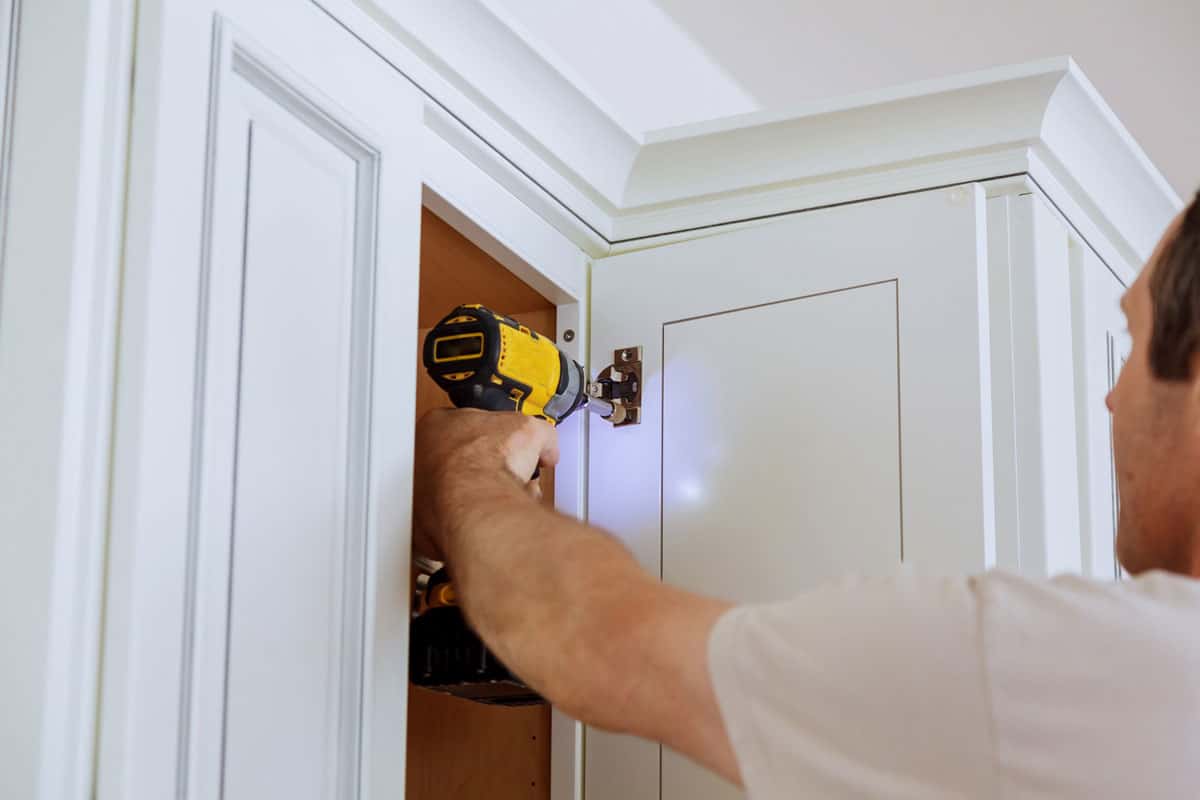
To install cabinets on your walls, you should prepare at least eight screws before installation. For every foot of cabinet you will need about four screws to secure them to the studs behind the walls. If you are attaching another cabinet, you will need four more extra screws per cabinet to attach them together.
The more cabinets you would like to install to form your storage unit, the more screws you will need. It's always a good idea to stock up on the screws that you will need, just in case you drop some or you need more for extra security during installation. A set of about 100 pieces of each type of screw would be a safe estimate.
What Screws Should I Use For A Cabinet?
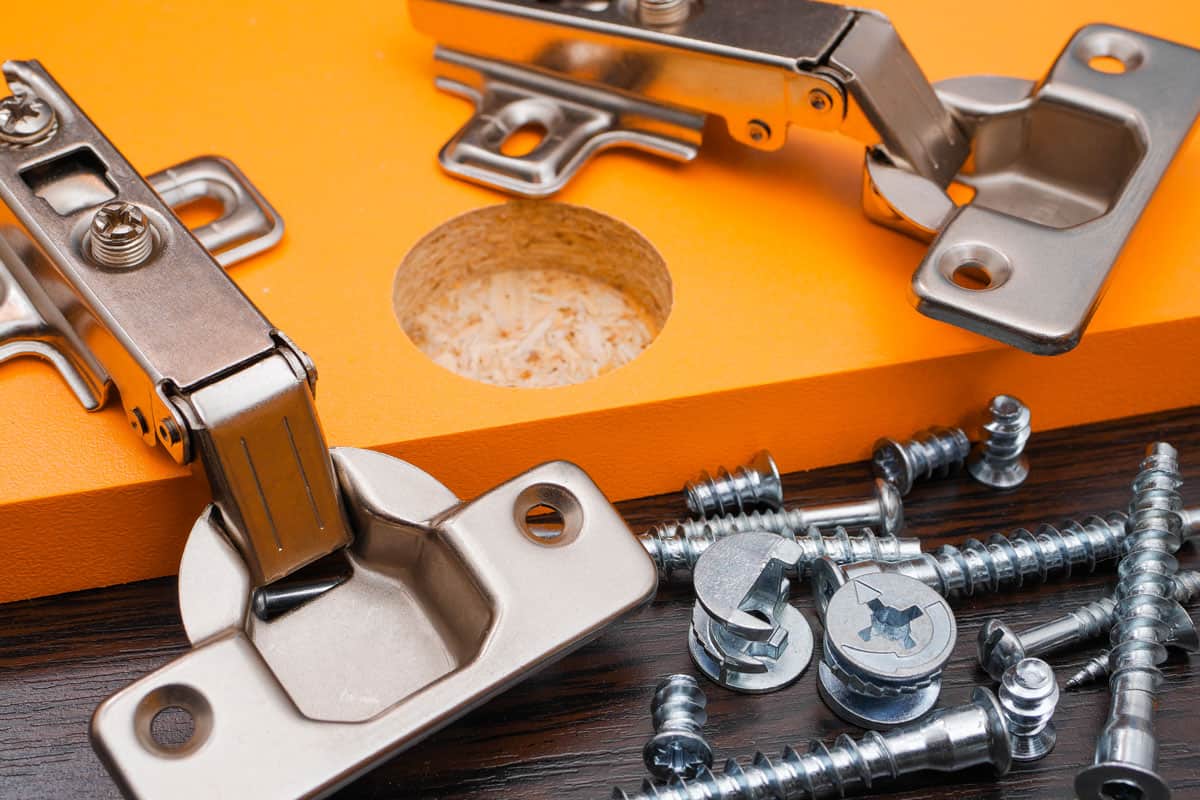
Now that we've discussed the number of screws we will need to install a cabinet to the wall, we should also talk about the kinds of screws to use. When installing cabinets, different screws are used for different purposes upon installation.
Since cabinets are meant to hold heavy loads, it is important to use screws that can bear this weight. Do not use drywall screws or other non-shear strength screws because these will surely give up under the weight of the cabinets. Using screws like these can most likely cause an accident or damage your cabinets.
There is no single generic screw that you can use when installing cabinets. Keep in mind that there are different materials that come into play during installation, so we will talk about the screws that are suitable to use for your cabinets.
Cabinet to Wall Screws
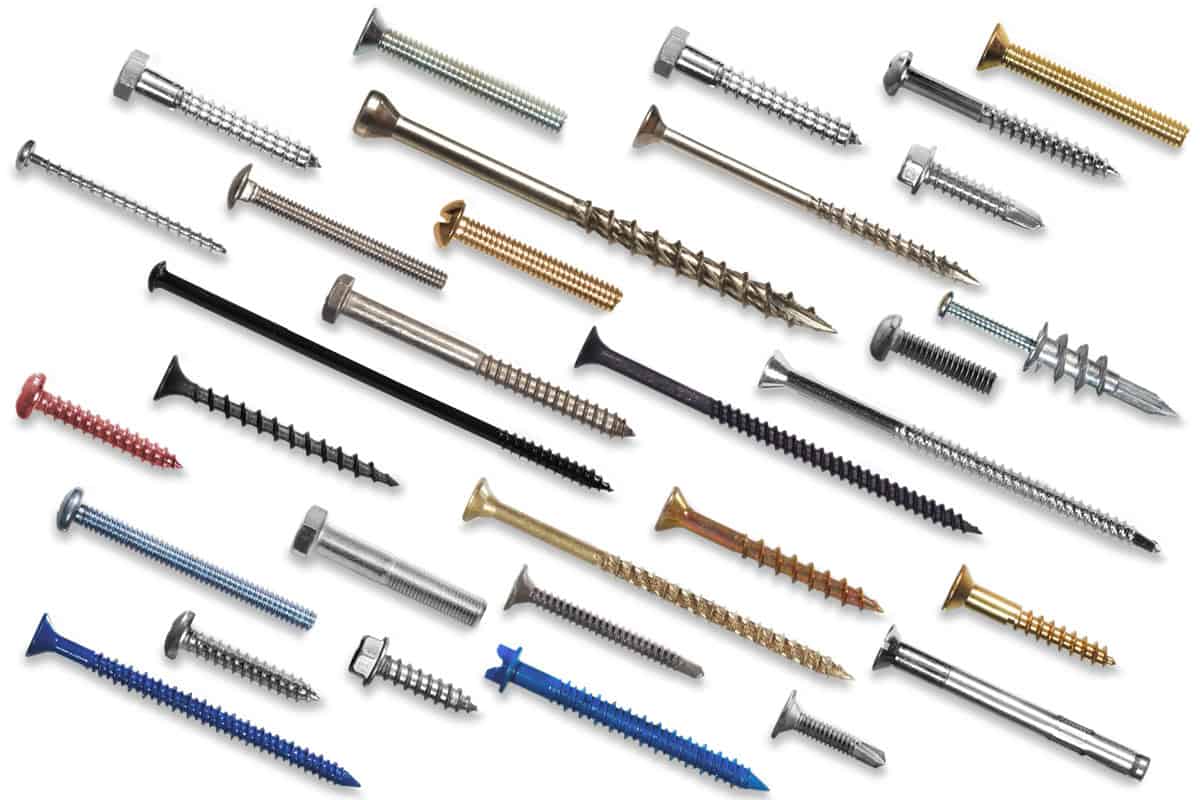
In order to install cabinets to the walls, it is important to use a heavy-duty cabinet screw. These screws basically take on the load of the cabinet and all of the contents you will be putting inside. They are designed for this purpose, so it is very important that you pick these screws before installing the cabinets on your wall.
These cabinet screws have specific features that make them perfect to use for cabinet installation.
- The screws have a thread that locks and bites firmly into the wood
- It penetrates the wood of the cabinets and studs without splitting it
- It has a large flat head that helps secure the cabinets
- They have a specific strength wherein they can carry the weight of the cabinets
- These screws have the proper screw length for installation to the studs
Check out these cabinet screws on Amazon.
Cabinet to Cabinet Screws (Face Frame)
When installing face frame cabinets together, it is important to align the frames without any gaps. Connecting the frames together will give your cabinets a stronger connection, and it can hold the weight better.
For this type of cabinet connection, trim head screws are the best fasteners you can use for your cabinets. These screws have a very small head that can be hidden at the edge of the face frame.
Get these trim head screws on Amazon.
There are also other types of screws that you can use for connecting cabinets. Low-profile cabinet screws can also be used to put together cabinets because they create a flush, clean hold on the cabinets, thanks to the washer head. Some of them are also colored, so they are perfect for pre-painted cabinets if you are ever using them.
See these low-profile cabinet screws on Amazon.
Cabinet to Cabinet Post Screws (Frameless)
For frameless cabinets, we don't have the luxury of hiding the screw heads behind the frames. With this in mind, post screws can be used to connect the cabinets through pinholes. These screws have a male and female sides that are screwed together from both sides of the cabinet, and they are very easy to hide.
Check out these post screws on Amazon.
Other Tools For Cabinet Installation
Aside from cabinet screws, there are some tools that can help you install your cabinets perfectly. These tools are meant to make installation easier for you.
Cabinet Jacks
Ideally, installing cabinets should be done with an extra pair of hands (or more) but this is not a luxury everyone can have. This is where cabinet jacks come in. A cabinet jack holds up cabinets in place while they are being shimmied, clamped into place, or when they are being screwed together.
Get these cabinet jacks on Amazon.
Stud Finder
Cabinets need to be screwed directly to a stud, so you won't be able to do this job without a stud finder. These things are pretty straightforward—you use these finders to look for studs behind the wall where you can install your cabinets.
Check out this stud finder on Amazon.
Cabinet Claws
One marker of a successful cabinet installation is when you manage to attach them tightly and uniformly. Make this job easier for you by using cabinet clamps, so you don't have to exert so much effort getting the gaps to go away.
See these cabinet claws on Amazon.
How Much Weight Can Cabinets Hold?
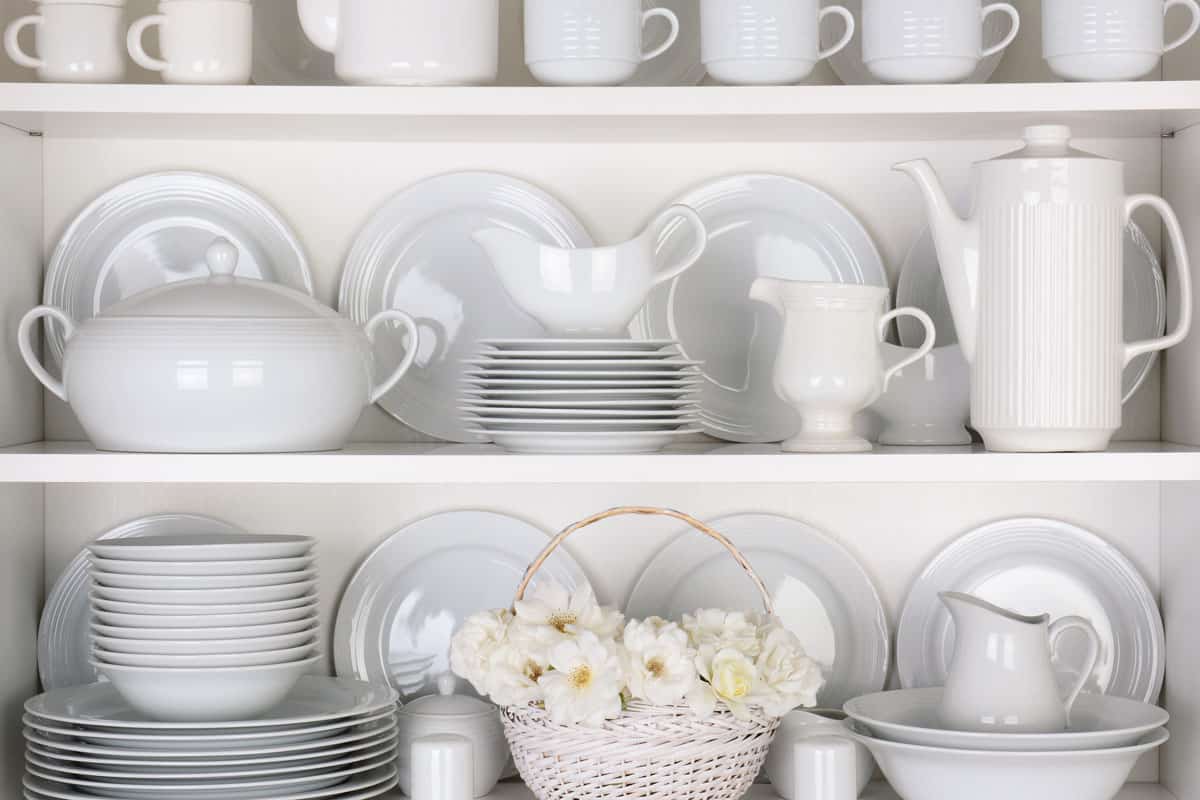
Cabinets are known to be very sturdy and can hold a lot of weight even with their small size. In the kitchen alone, cabinets are known to hold glassware, dinnerware, serving ware, and cookware, among other things.
According to the Kitchen Cabinet Manufacturers Association (KCMA), installed kitchen cabinets should be able to hold weight of up to 500 pounds for the entire overhead unit. It might sound a lot, but with the number of items that are regularly piled in throughout the years, the load the cabinet can hold should be quite significant.
Whenever you buy kitchen cabinets, make sure to check with your manufacturer's weight limits. This will ensure that you will be able to secure and you can add additional support to your cabinets if the need arises.
If you are going to have cabinets custom-made, make sure to talk to your carpenter about the load it can handle. Pick high-quality materials, fasteners, studs, and other necessary items to make sure that your cabinets will have a strong, solid foundation to carry heavy loads.
Final Thoughts
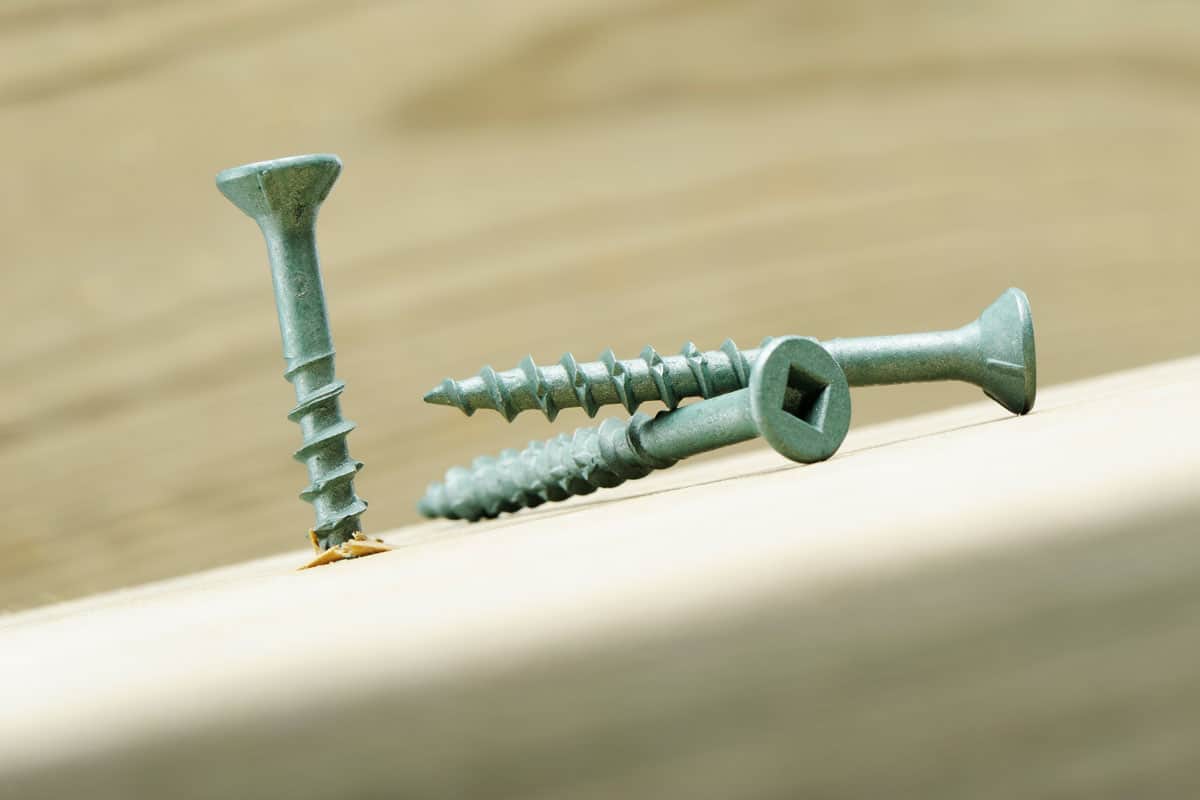
Installing cabinets for your home can be simple, as long as you come prepared with all the things you will need for an installation project. It's tedious and long, but a good wall-mounted cabinet can last you a good long time. Your home will surely have a storage space that can keep anything and everything you'd like, without worrying about it for years to come.
Are you looking for more information that can help you improve and fix your cabinets? Look no further because we've got the right articles for you:
How Much Space Between Countertop And Upper Cabinets?
Should You Paint Drywall Behind Cabinets?







